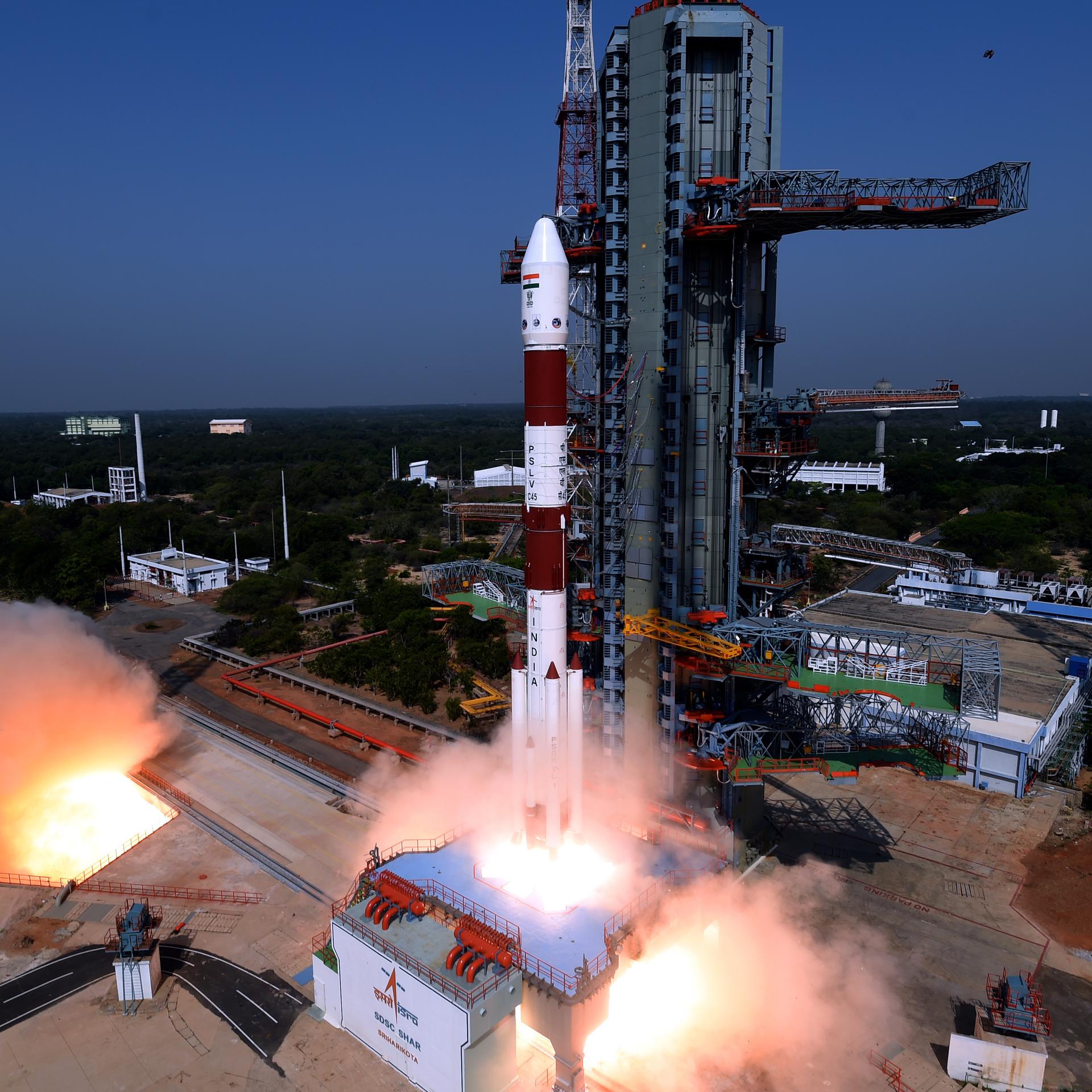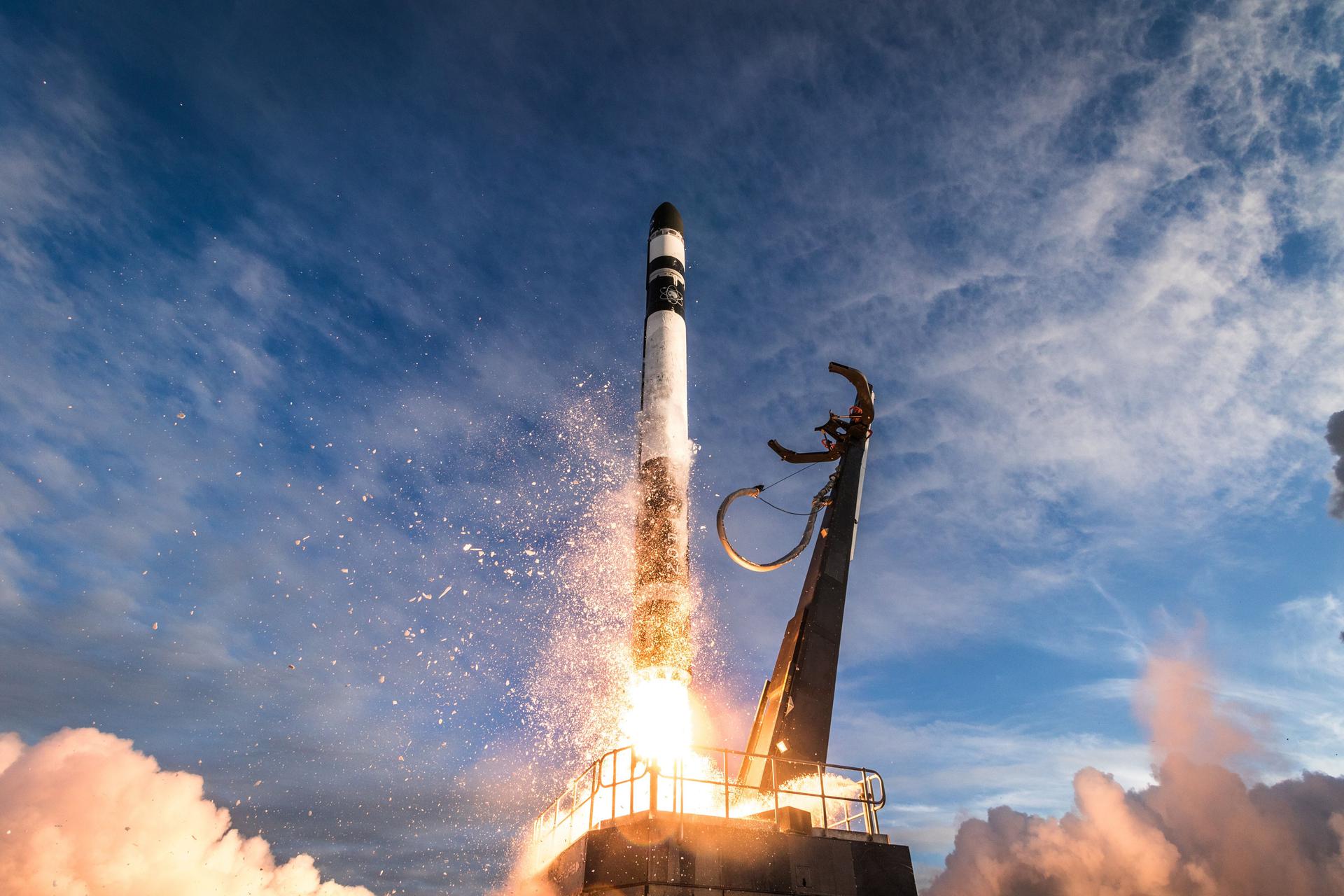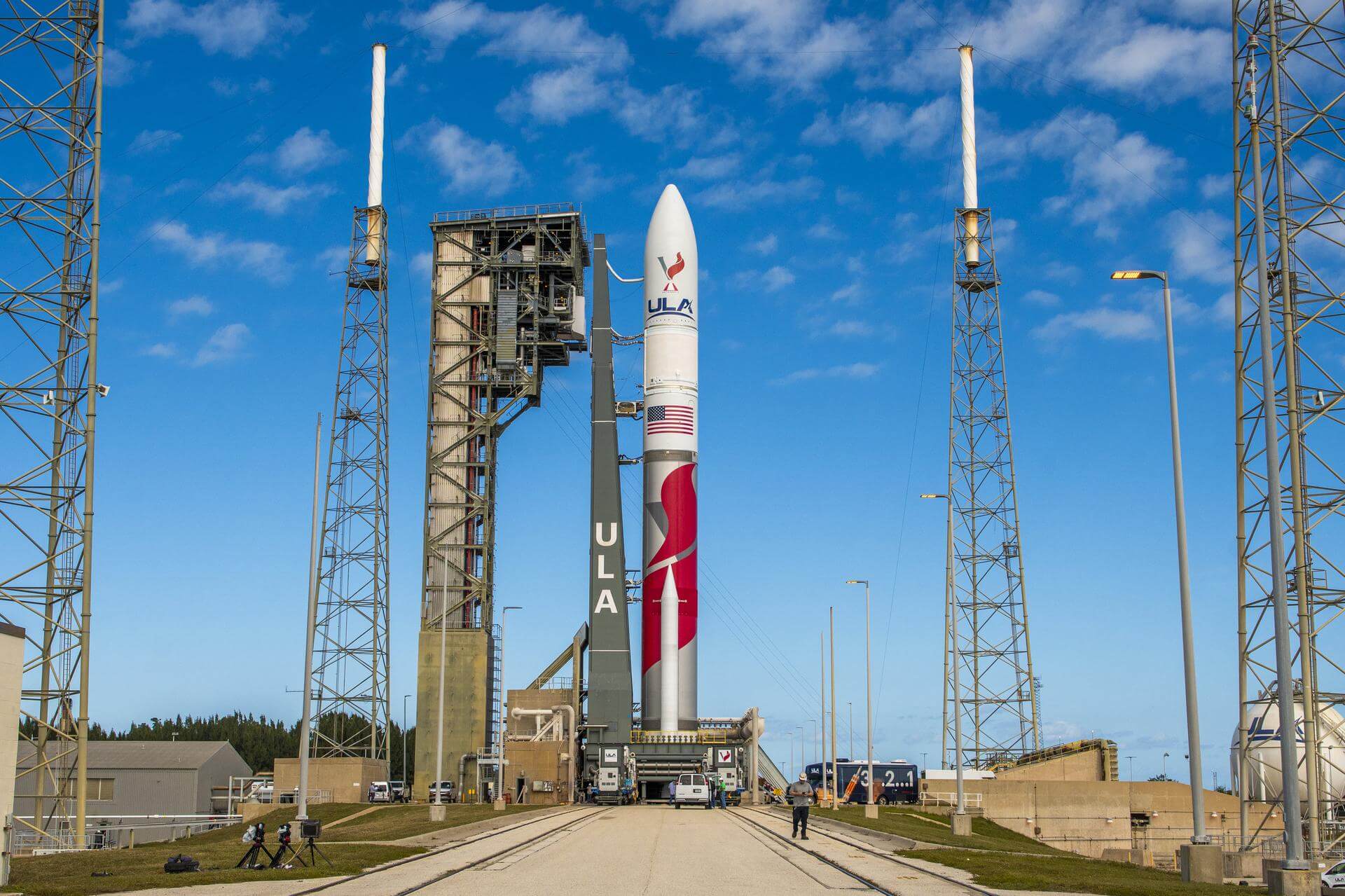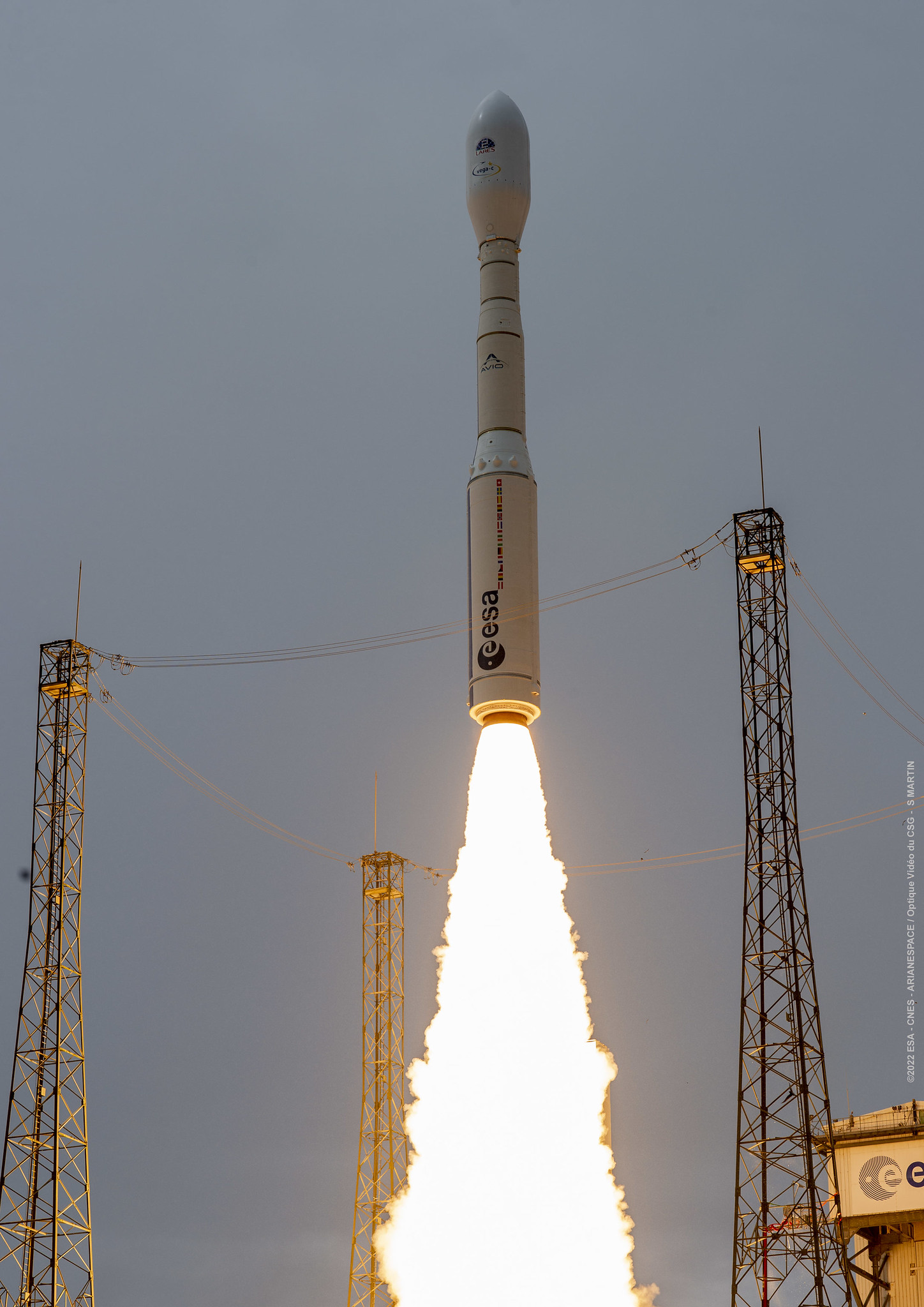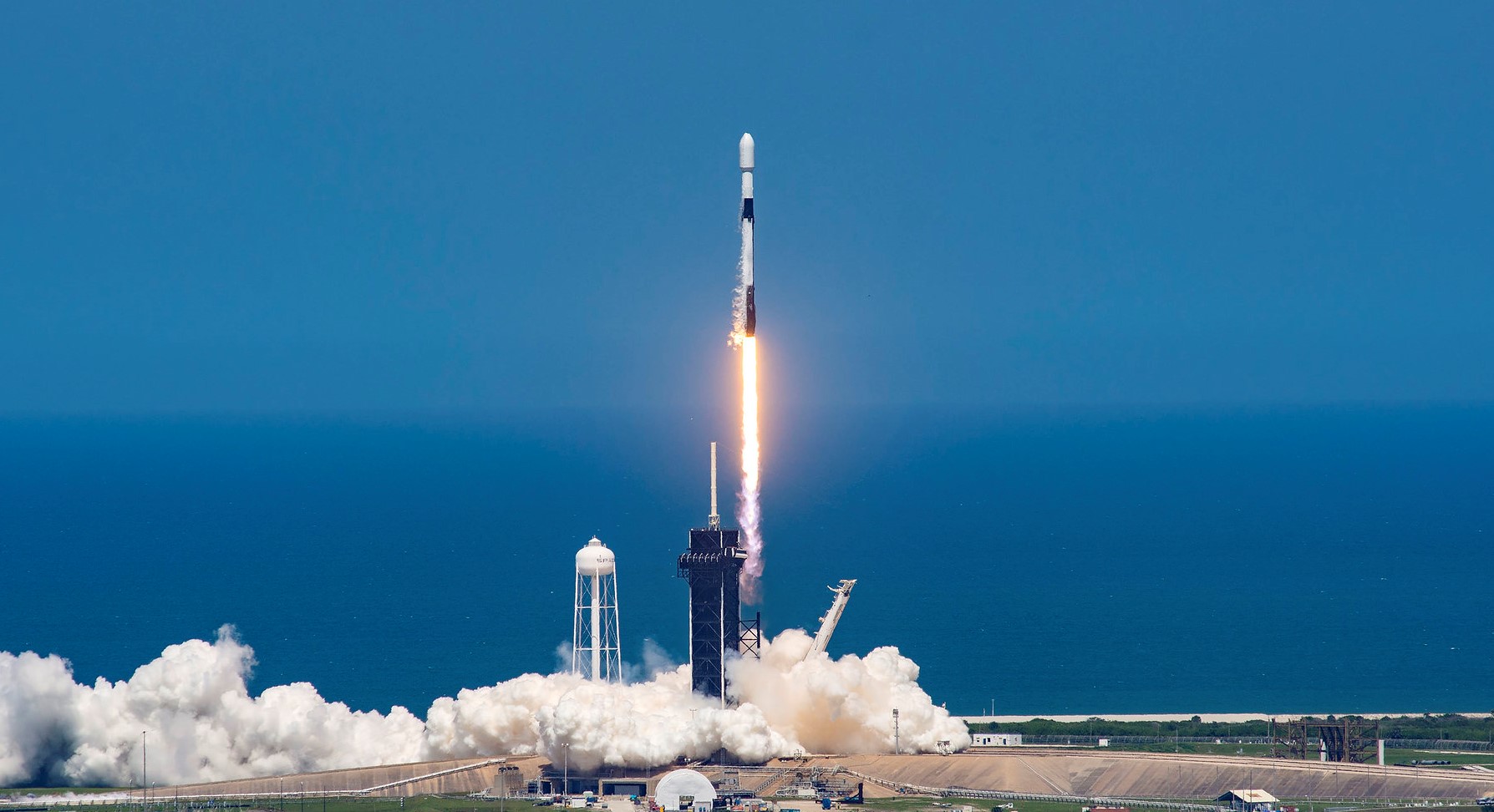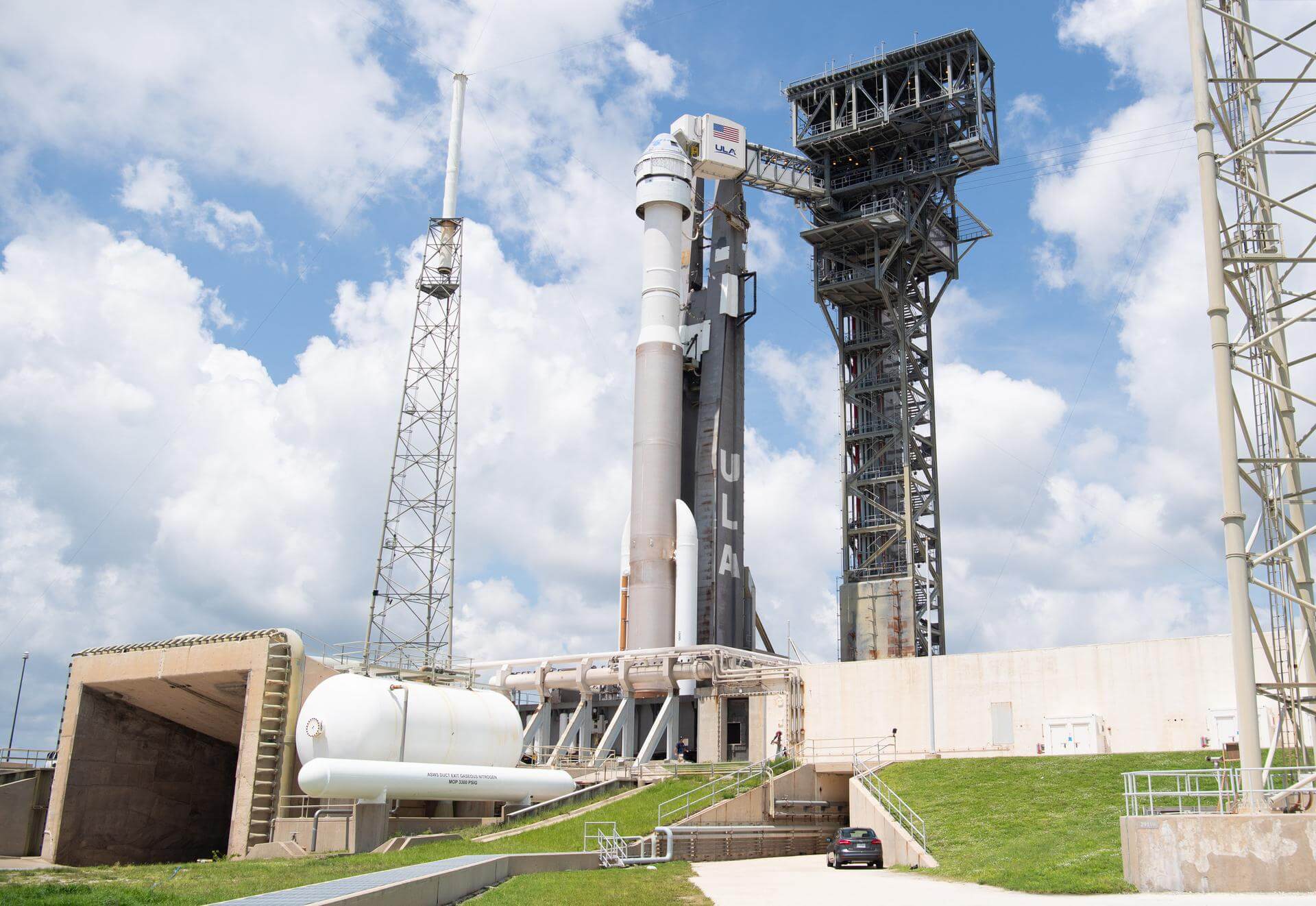Upcoming Spaceflight Launches
Filter by Agency, Locations or Vehicles
Show All LaunchesPSLV | TDS-01
Indian Space Research Organization | IndiaSatish Dhawan Space Centre, India
TBD March, 2026
Status: To Be Determined
Mission:
TDS-01 (Technology Demonstration Satellite-01) is an Indian geostationary orbit technology demonstration satellite carrying payloads for the Indian Space Research Organisation (ISRO)’s Institute of Plasma Research, Gandhinagar and the CSIR-CEERI, Pilani. Payloads to be tested included an internally developed 300 mN electric powered thrusters, atomic clocks, travelling wave tube amplifiers (TWTA) & a quantum communication suite (QuTDS).
Geostationary Transfer OrbitElectron | LOXSAT 1
Rocket Lab | United States of AmericaRocket Lab Launch Complex 1, Mahia Peninsula, New Zealand
TBD March, 2026
Status: To Be Determined
Mission:
LOXSAT 1 is a demonstration satellite of a complete cryogenic oxygen fluid management system in orbit, developed by Eta Space and sponsored by NASA's Tipping Point program. The system will be integrated on a Rocket Lab Photon-LEO satellite bus and collect critical cryogenic fluid management data in orbit for 9 months, demonstrating capabilities of in-space cryogenic storage and transferal. Eta Space plans to use technology developed for this mission to develop a truly commercial depot intended to serve multiple customers in the future.
Low Earth OrbitVulcan | WGS-11
United Launch Alliance | United States of AmericaCape Canaveral SFS, FL, USA
TBD March, 2026
Electron | Kakushin Rising (JAXA Rideshare)
Rocket Lab | United States of AmericaRocket Lab Launch Complex 1, Mahia Peninsula, New Zealand
TBD March, 2026
Status: To Be Determined
Mission:
JAXA-manifested rideshare of eight separate spacecraft that includes educational small sats, an ocean monitoring satellite, a demonstration satellite for ultra-small multispectral cameras, and a deployable antenna that can be packed tightly using origami folding techniques and unfurled to 25 times its size. The satellites were originally planned to launch with RAISE-4 on a Japanese Epsilon-S rocket, but the Epsilon-S was heavily delayed due to test firing failures. The 8 satellites are: * MAGNARO-II * KOSEN-2R * WASEDA-SAT-ZERO-II * FSI-SAT2 * OrigamiSat-2 * Mono-Nikko * ARICA-2 * PRELUDE
Sun-Synchronous OrbitVega-C | Solar wind Magnetosphere Ionosphere Link Explorer (SMILE)
Avio S.p.A | ItalyGuiana Space Centre, French Guiana
TBD April, 2026
Falcon 9 Block 5 | Haven-1
SpaceX | United States of AmericaCape Canaveral SFS, FL, USA
TBD May, 2026
Atlas V N22 | Starliner-2
United Launch Alliance | United States of AmericaCape Canaveral SFS, FL, USA
TBD June, 2026
Falcon 9 Block 5 | Cygnus CRS-2 NG-24
SpaceX | United States of AmericaCape Canaveral SFS, FL, USA
TBD June, 2026
Falcon 9 Block 5 | Rivada 12
SpaceX | United States of AmericaVandenberg SFB, CA, USA
TBD June, 2026
Falcon 9 Block 5 | Rivada 10
SpaceX | United States of AmericaVandenberg SFB, CA, USA
TBD June, 2026
Long March 7A
Yaogan 46
201 - Wenchang Space Launch Site, People's Republic of ChinaClassified Earth observation satellite officially reported as for "national resources/hydrology/meteorology surveying & disaster management" purposes.
LVM-3 (GSLV Mk III)
CMS-03 (GSAT-7R)
Satish Dhawan Space Centre Second Launch Pad - Satish Dhawan Space Centre, IndiaCommunications Satellite for the Indian Navy, replacing GSAT-7 for secure real-time links between Indian warships, submarines, aircraft, and shore-ba…
Falcon 9
Bandwagon 4 (Dedicated Mid-Inclination Rideshare)
Space Launch Complex 40 - Cape Canaveral SFS, FL, USADedicated rideshare flight to a mid-inclination orbit with dozens of small microsatellites and nanosatellites for commercial and government customers.
Falcon 9
Starlink Group 11-23
Space Launch Complex 4E - Vandenberg SFB, CA, USAA batch of 28 satellites for the Starlink mega-constellation - SpaceX's project for space-based Internet communication system.
Long March 2
Shenzhou 21
Launch Area 4 (SLS-1 / 921) - Jiuquan Satellite Launch Center, People's Republic of ChinaTenth crewed flight to the Chinese space station.
Falcon 9
Starlink Group 10-37
Space Launch Complex 40 - Cape Canaveral SFS, FL, USAA batch of 29 satellites for the Starlink mega-constellation - SpaceX's project for space-based Internet communication system.
Falcon 9
Starlink Group 11-21
Space Launch Complex 4E - Vandenberg SFB, CA, USAA batch of 28 satellites for the Starlink mega-constellation - SpaceX's project for space-based Internet communication system.
Falcon 9
Starlink Group 10-21
Space Launch Complex 40 - Cape Canaveral SFS, FL, USAA batch of 28 satellites for the Starlink mega-constellation - SpaceX's project for space-based Internet communication system.
Long March 3
Gaofen-14 02
Launch Complex 3 (LC-3/LA-1) - Xichang Satellite Launch Center, People's Republic of ChinaGaofen is a series of civilian Earth observation satellites developed and launched for the China High-definition Earth Observation System (CHEOS), a …
H3-24
HTV-X1
Yoshinobu Launch Complex LP-2 - Tanegashima Space Center, JapanFirst flight of the upgraded Japanese HTV-X spacecraft designed to resupply the International Space Station.
